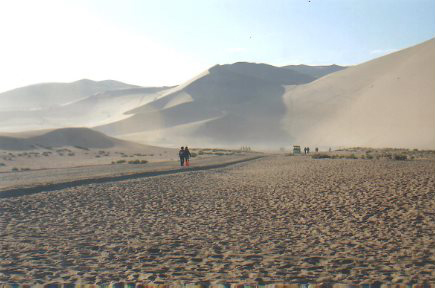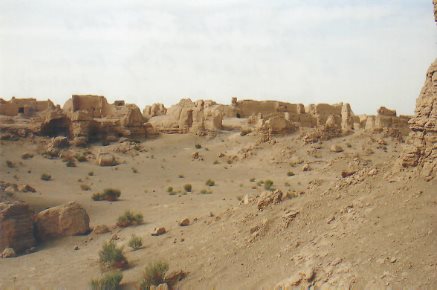China’s barriers

Mount Everest
©DEC
Mount Everest, at 8848 metres is the highest mountain in the world. It forms part of the Himalayas, a mountain range also known as the ‘roof of the world’. It was a formidable barrier to travel in China’s west and south-west.

The Gobi Desert
©DEC
The Gobi Desert is the fifth largest desert in the world. The Himalayas act as a shadow on the Gobi and is the main reason it receives less than 200 millimetres of precipitation. It is a cold desert with an average temperature of minus two degrees Celsius, and in winter as low as the minus forties. The massive sand dunes and hundreds of kilometres of barren rocky ground limited contact in the north and north-west.

The Turpan Depression
©DEC
The Turpan (or Turfan) Depression is a 50 000 square kilometre trough on the western edge of the Gobi Desert. At 154 metres below sea level it is the lowest area in China. The Turpan has temperatures that range from forty degrees Celsius in summer to minus twenty in winter and is referred to as the ‘Furnace of China’. It gets almost no rain.